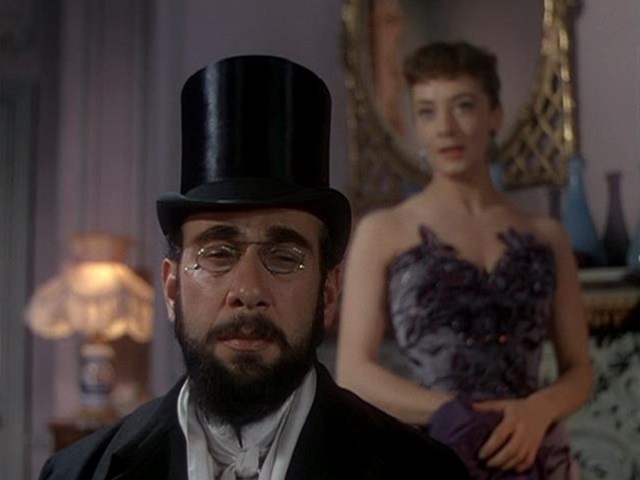
 |
| Photo © 1952 United Artists |
| Academy Award Nominations and Winners: | |
| Best Picture | |
| Best Director: John Huston | |
| Best Actor: José Ferrer | |
| Best Supporting Actress: Colette Marchand | |
| ★ | Best Art Direction (Color): Paul Sherif; Marcel Vertès |
| ★ | Best Costume Design (Color): Marcel Vertès |
| Best Film Editing: Ralph Kemplen | |
| Golden Globe Nominations and Winners: | |
| ★ | Most Promising Newcomer (Female): Colette Marchand |
| Other Awards: | |
| Venice Film Festival: Silver Lion | |
| Permalink | Home | 1952 | ABC | Blog |